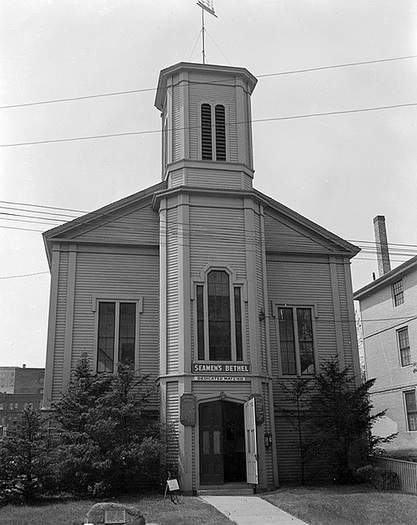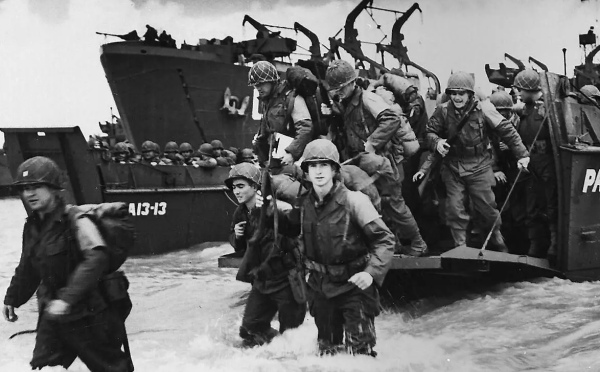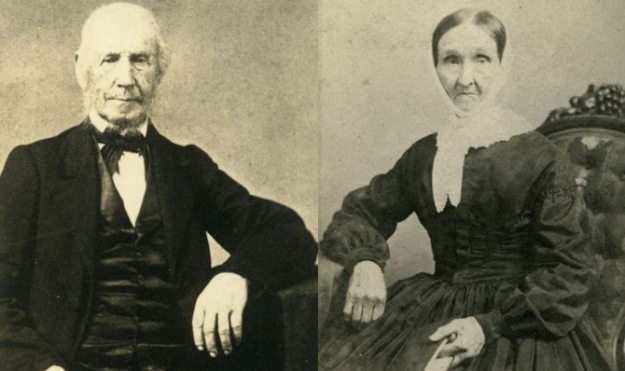During the 18th and 19th centuries, the whaling industry in America boomed, and eventually New Bedford became the world’s center of whaling. At the height of the whaling industry’s economic impact in New Bedford, there were more than 700 whaling ships out on the oceans of the world, and New Bedford was the home port to more than 400 of those ships.
The oil from the whales, bringing an incredible amount of wealth to New Bedford and making it one of the richest cities in the world during the 19th century, was used to light lamps during this time period, and earned New Bedford the title of “the city that lit the world.”
But with wealth and titles comes a cost – the voyages that men went on to bring New Bedford to this level of economic prosperity sometimes lasted years, and it was a hard, dirty, long and tiring job. Some of these men, when they returned to New Bedford, were known to seek out brothels and saloons or gamble away all the money they had made out at sea, spending it in just a matter of days. So, in 1830, the leading citizens of New Bedford met to discuss ways to help these men.
Part of their plan was to offer the seamen church services before they left for their voyages. The services were held either on the waterfront or in the Town Hall, but this was not a good long term solution. In 1831, Seamen’s Bethel was built (at a cost of $5,000 dollars), and in 1832 it was dedicated as a non denominational church for the men of New Bedford who went out to sea.
This chapel, still open and operating as a non denominational church today, eventually became a sort of historical record of those who spent their time on whaling ships. Mounted on the walls inside the church are cenotaphs. The word “cenotaph” is a Greek word which means “empty grave.” When men were lost or died at sea, the families at home had no way to bury them, so they could pay to have a cenotaph placed in the church. This way, loved ones could come and pay their respects to the one they lost. A cenotaph looks like a cemetery headstone, and it contains information about the man, including how he died.
These tablets tell brief stories of how difficult life at sea was. Many men fell overboard, were bitten by sharks, drowned or caught and suffered from diseases like yellow fever, malaria, and consumption.
Seamen’s Bethel also made its way into history through Herman Melville’s novel, Moby Dick. Melville went to services held at Seamen’s Bethel before he sailed out of Fairhaven in 1841 on the whaler Acushnet. He did not leave many direct accounts of this 18 month voyage, but it is probable that some of the events described in Moby Dick portray some aspects of his time at sea. The cenotaphs of Seamen’s Bethel, specifically, are mentioned in his novel.
Each year the New Bedford Whaling Museum hosts a Moby Dick Marathon. This coming January it will be a weekend event which will include a pre-marathon dinner, a Moby Dick themed lecture, and a quiz to test the knowledge of the Melville Society Cultural Project, followed by the reading of Moby Dick. Certain chapters of the novel will be read in the Seamen’s Bethel.
Seamen’s Bethel is located at 15 Johnny Cake Hill in New Bedford, across from the Whaling Museum, and it is a part of the New Bedford Whaling National Historical Park. It is open to the public every day from 10:00 a.m. to 4:00 p.m., Memorial Day through Columbus Day. This chapel is a small part of New Bedford’s whaling history and a reminder of the men who were lost at sea.
 New Bedford Guide Your Guide to New Bedford and South Coast, MA
New Bedford Guide Your Guide to New Bedford and South Coast, MA








Could someone tell me a little about the signs that are in this picture on the seamens bethel? I have a sign.. Its wood and has the addresses for both the Bethel and the museum.. Just wanna know something about it before I do anything to it.